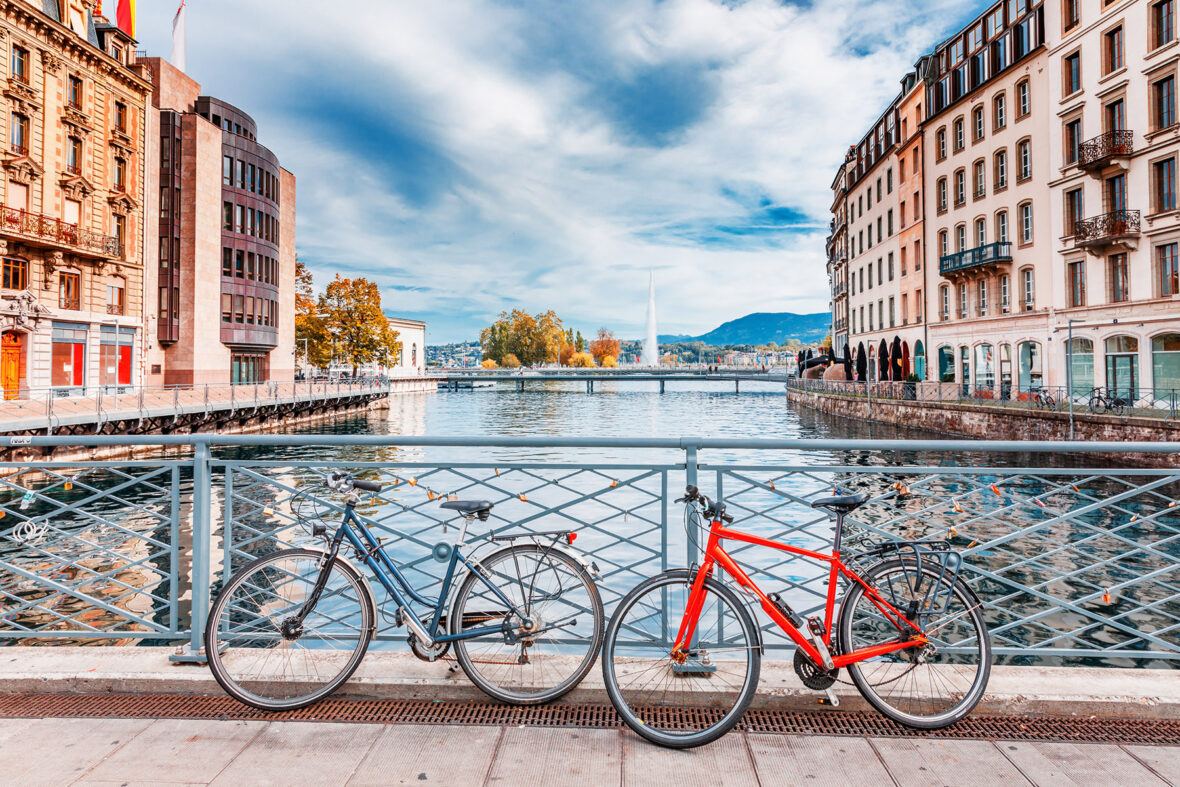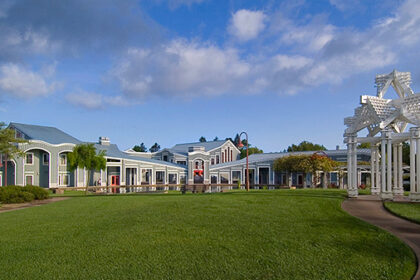Geneva is one of Switzerland’s best-known cities, to the point where many people believe it to be the biggest community in the whole of the country! As you’ll soon discover, this actually isn’t the case. What it is, however, is a fantastic hub for European culture as well as a central base for research and development into astronomy and particle acceleration! Is there a city in Europe which loves science as much as Geneva? Probably not! Therefore, it’s always a fascinating spot to travel to when traversing the ski slopes and wintry sights that Switzerland is so well-known for primarily. Take a look below for 30 incredible and awesome facts about Geneva.
1. Geneva is situated in Switzerland by the River Rhône, at Lake Geneva. It has a population of 499,480 as recorded in 2019.
2. Zürich is the largest city in Switzerland, though Geneva isn’t far behind as the second largest.
3. Geneva was founded in 1815 – though the area was actually inhabited before the Romans occupied it in the second century.
4. Of three languages mostly spoken in Geneva, French is the main tongue, followed by German and Italian.
5. Portuguese is also a popular language in Geneva, though it’s spoken to a lesser degree than the other three languages.
6. The climate of Geneva is ‘moderately continental’ with warm summers and cold winters.
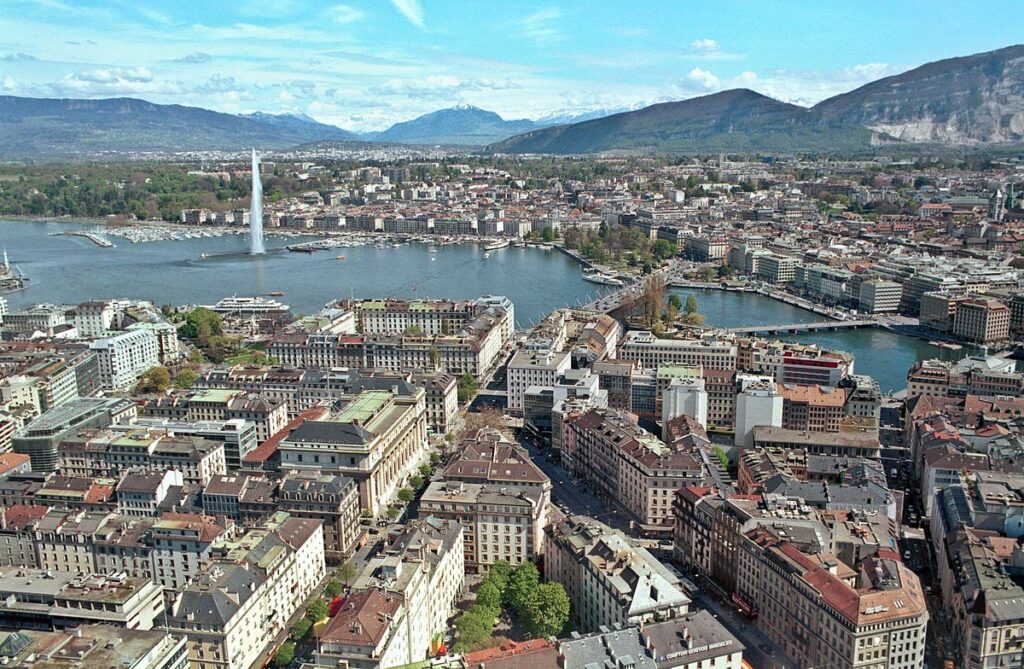
7. Geneva is located 400 meters above sea level.
8. The major road running from the north east of Switzerland to Geneva in the south west is called the A1 – believe it or not!
9. Geneva International Airport is situated to the north west of the city and is actually 4 kilometers from the center itself.
10. The International Airport is also known as ‘Cointrin Airport’.
11. Scientists at the University of Geneva are credited with discovering over half of the planets we recognize today. Geneva is regarded as a capital for astronomy the world over.
12. CERN was founded in Geneva in 1954. It’s regarded as the capital of nuclear research on the continent.
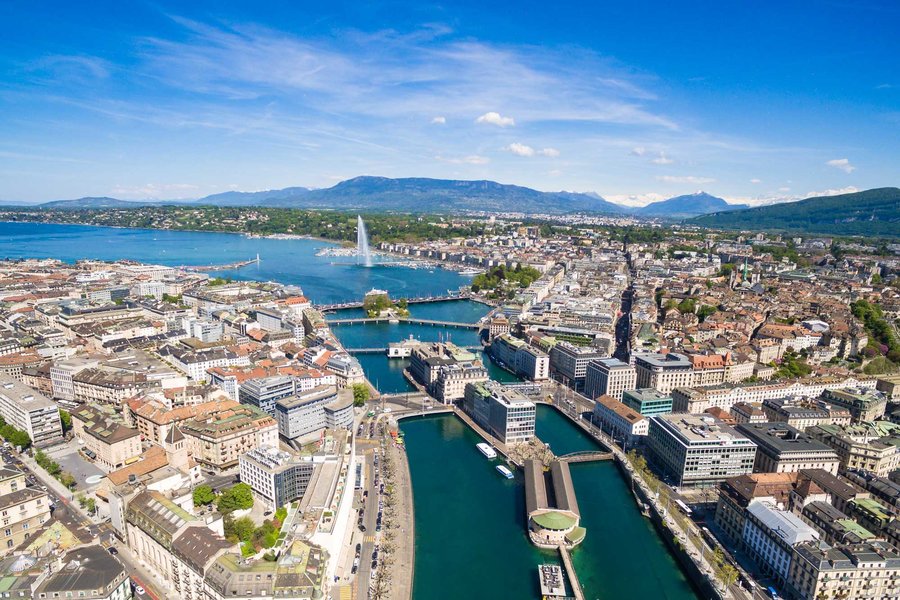
13. CERN is now more commonly called the ‘European Laboratory for Particle Physics’.
14. There exists over 30,000 ‘particle accelerators’ throughout the world. However, the Large Hadron Collider based at the ELPP is the largest in the world of its kind so far.
15. In fact, it’s said to be the biggest machine – full stop – in the world!
16. The construction of the Hadron Collider in Geneva was first tabled in 1984. However, construction didn’t begin until 1994, and the site was officially opened in 2009.
17. The Hadron Collider has a circumference of 16.6 miles at the surface.
18. In January 2019, it was announced that plans were being made to construct a much bigger ‘collider’ next to the Hadron Collider! This would be called the ‘Future Circular Collider’.
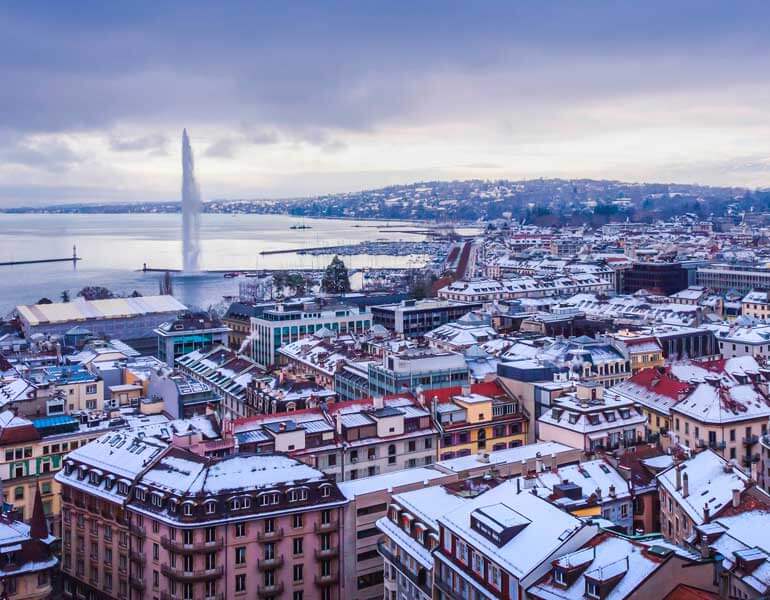
19. The ‘Future Circular Collider’ will reportedly have a circumference of 62 miles, and the cost to build it is estimated to be around $9 Billion.
20. Geneva is surrounded by the Alps and Jura Mountains. The famous ‘Mont Blanc’ can be seen from the city.
21. Geneva is home to the Headquarters of the European United Nations. Switzerland joined the UN on September 10th, 2002, opening one of four of the UN’s main administrative offices. It was the 190th member country to join.
22. Over 100,000 visitors tour the ’Palais de Nations’ each year. The ‘Palace of Nations’, as it’s known in English, became the home of the UN in 1946.
23. On February 9th, 1863, the ‘Red Cross’ was founded in Geneva. It is a private, humanitarian charity.
24. Henry Dunant and Gustave Moynier were inspired to start the Red Cross after witnessing the aftermath of a bloody battle at Solferino in Italy. Dunant, a businessman in Geneva, had travelled to Italy to meet Emperor Napoleon to discuss the purchase of land.
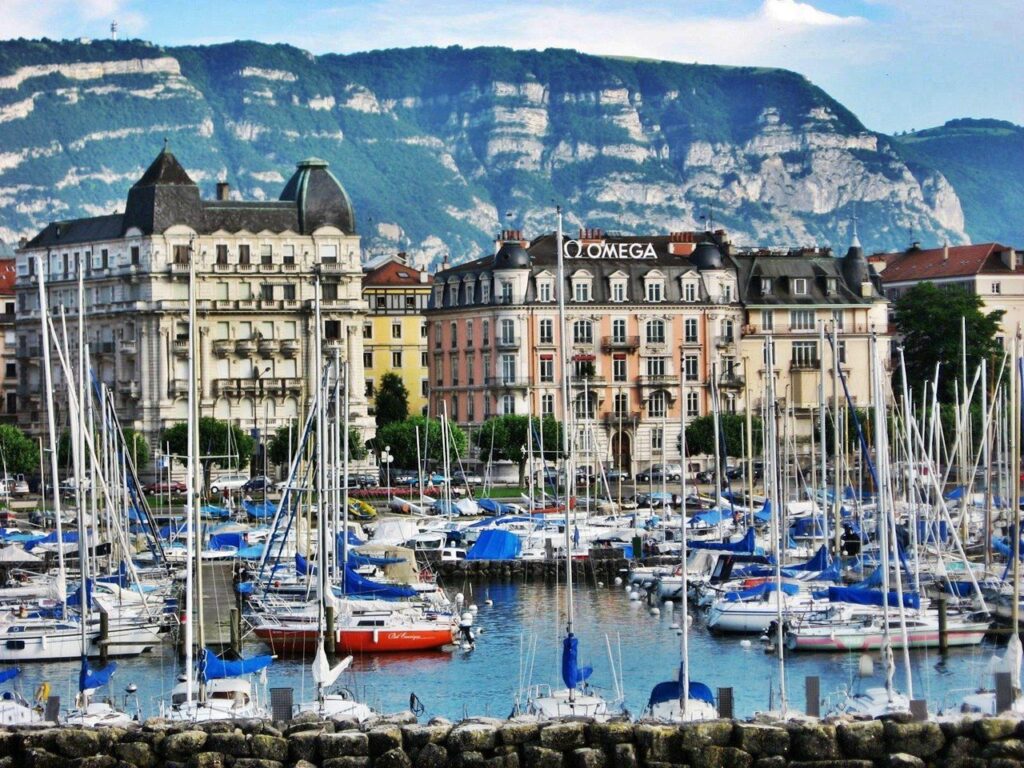
25. Dunant wrote ‘A Memory of Solferino’, detailing what he had seen and insisting on the creation of a humanitarian group of volunteer people. These would be trained and sent to help the injured and suffering people in war zones.
26. The emblem of the Red Cross is that of a red cross on a white background. Switching places, the red background surrounds the white cross of the Swiss flag!
27. However, the Swiss flag came first!
28. The ‘Geneva Convention’ arose from a series of meetings held in the city where international diplomats met to discuss and establish humanitarian regulations.
29. The Convention is held in high regard. In fact, quoting the Geneva Convention has become commonplace in public media and in government meetings.
30. The Geneva Convention is particularly relevant to activities relating to war. For example, it is forbidden to kill or injure an enemy who surrenders.

